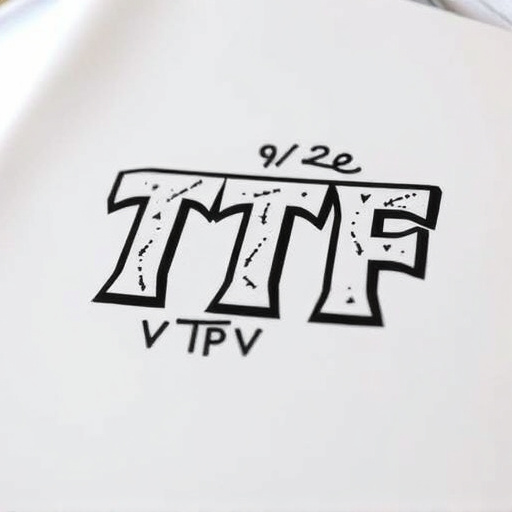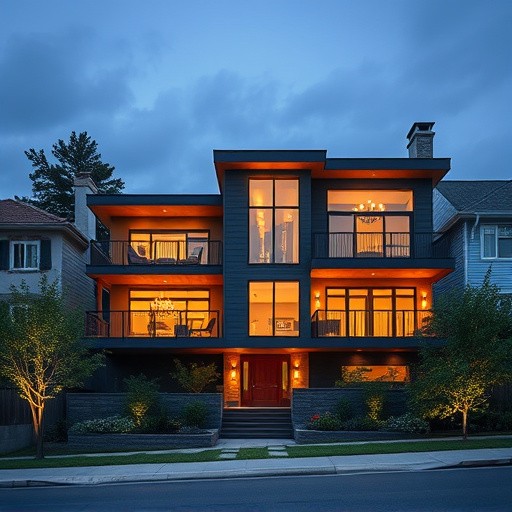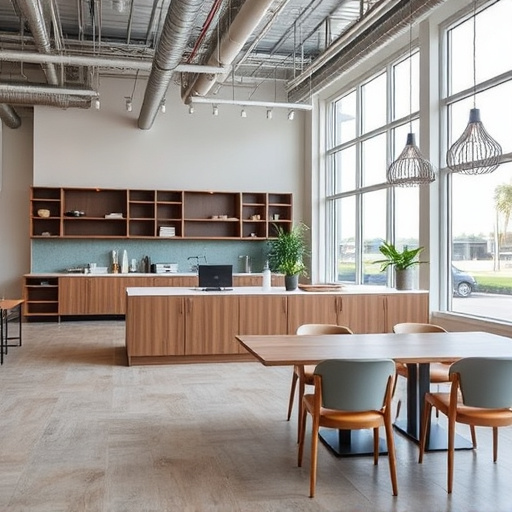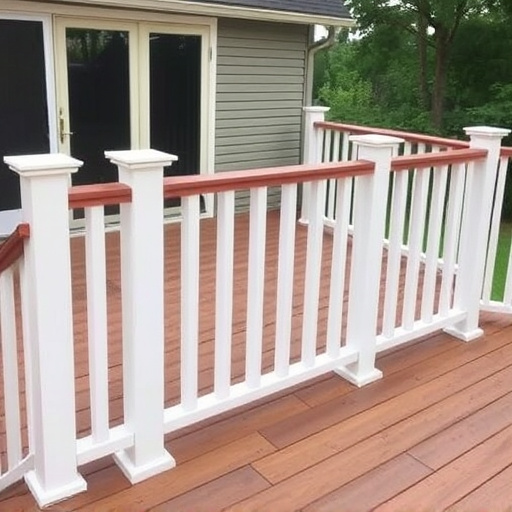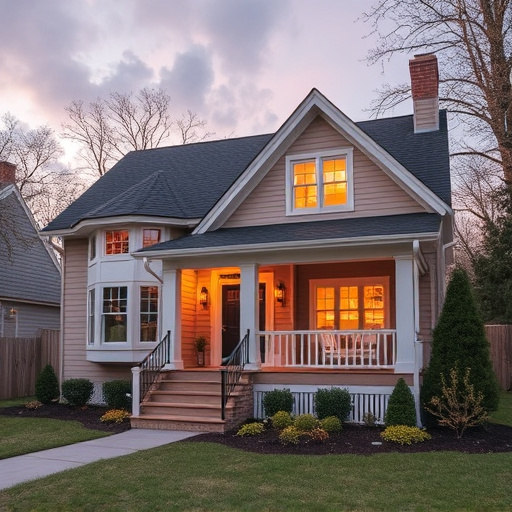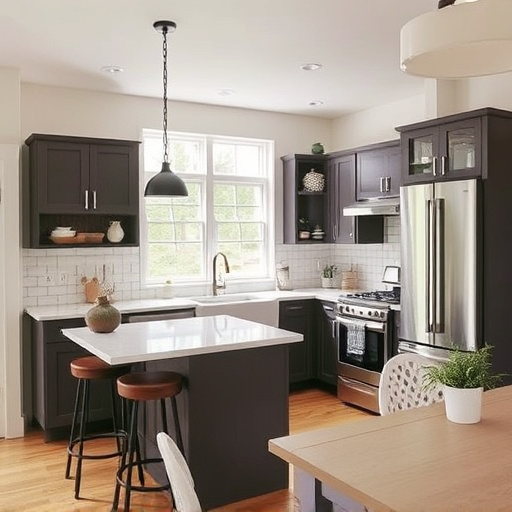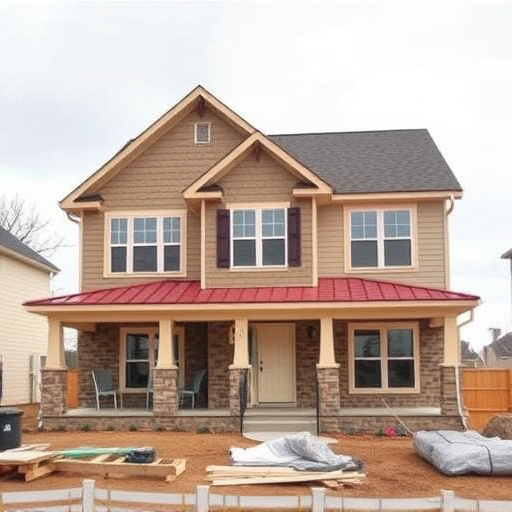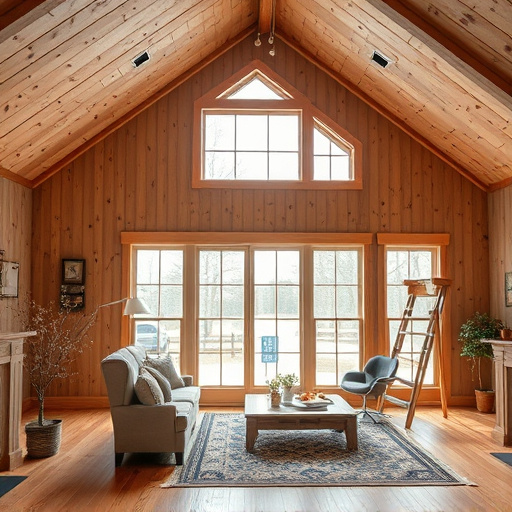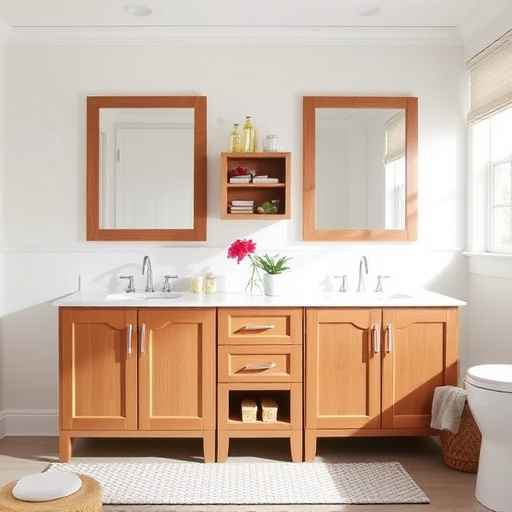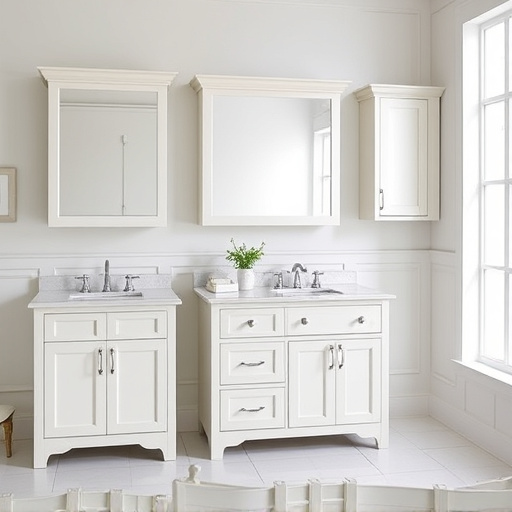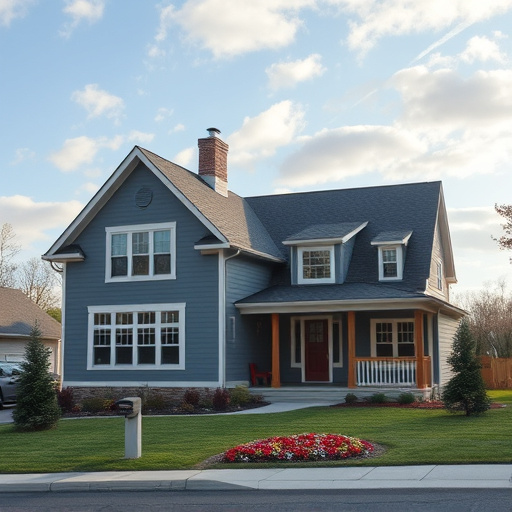Successful interior design relies on understanding space dynamics, with strategic lighting and scale manipulation creating focal points. Incorporating texture, color, and materials adds visual appeal, while furniture placement ensures a cohesive aesthetic. From entryways to bathrooms, balanced arrangements and statement pieces transform spaces into captivating, well-focused environments.
Creating focal points is an art that transforms any interior design space into a captivating symphony of aesthetics. In this guide, we’ll explore effective strategies to make your room pop. First, understand the dynamics of space and lighting—the foundation of any successful design. Next, learn how texture and color can add visual interest, drawing the eye towards key elements. Finally, discover the power of strategic furniture placement and decor choices to create a cohesive, engaging interior design.
- Understand Space and Lighting Dynamics
- Incorporate Visual Interest Through Texture and Color
- Strategically Place Key Furniture Pieces and Decor
Understand Space and Lighting Dynamics
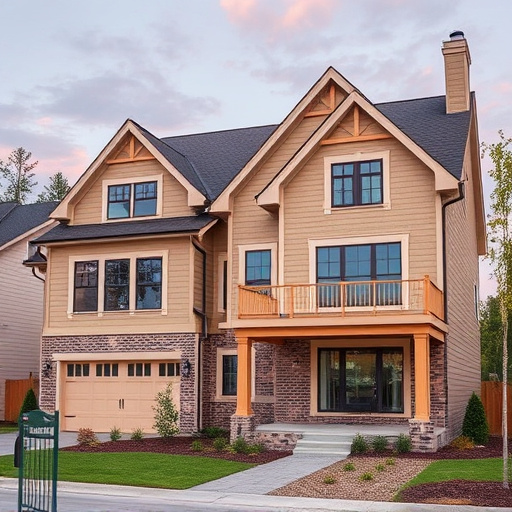
Understanding space and lighting dynamics is a fundamental aspect of interior design. Before attempting to create focal points, assess the layout of your room or area. Note how light enters—natural or artificial—and where it falls across the space. This knowledge will guide you in strategic placement of key elements like furniture and decor, ensuring every corner serves a purpose.
Consider the scale and proportion of your interior design. A well-lit, spacious bathroom (one of many areas suitable for renovation services, including kitchen and bath) can be transformed with strategically placed mirrors to reflect light, while a smaller room might benefit from bold accent lighting to create depth and draw attention. Such techniques are essential in defining focal points that make any space visually appealing and inviting.
Incorporate Visual Interest Through Texture and Color
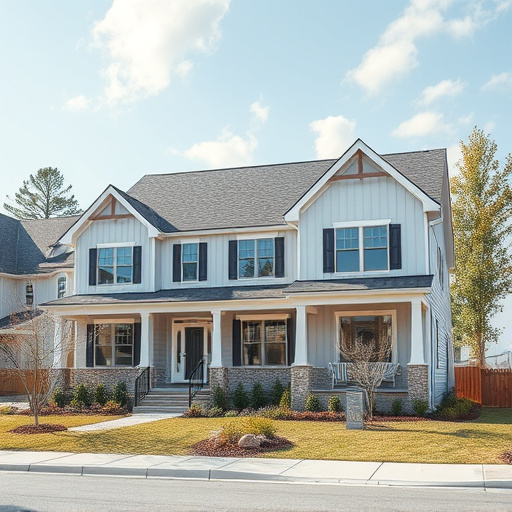
Incorporating texture and color is a powerful way to create visual interest and focal points in any interior design space, whether it’s a fresh multiple room remodel or a simple home renovation. Texture adds depth and dimension, transforming a flat surface into an engaging experience. Think about mixing different materials like plush fabrics, rough wood, or metallic accents to create contrast and draw the eye.
Color, on the other hand, is a versatile tool for defining focal points. A bold accent wall through interior painting can instantly become the central point of a room, while strategically placed area rugs or a vibrant throw pillow can inject energy into smaller areas. Combining textures and colors effectively allows you to craft an interior that’s both visually appealing and inviting, ensuring your space makes a lasting impression.
Strategically Place Key Furniture Pieces and Decor
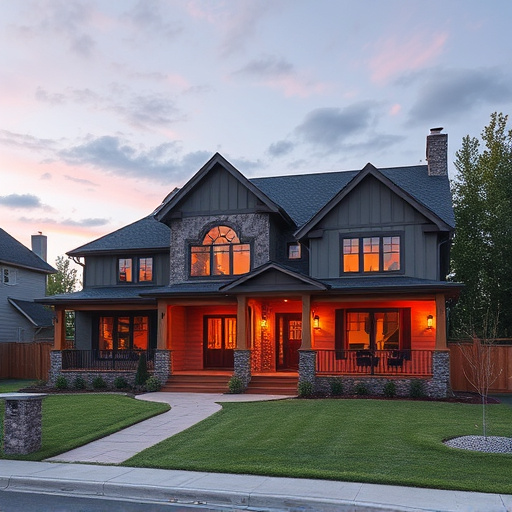
In any interior design space, strategically placing key furniture pieces and decor is essential for creating a cohesive look and defining focal points. Start by identifying the primary areas where you want to draw attention—these could be entryways, living rooms, or even specific zones within a larger space like a great room. Place statement pieces, such as a grand chandelier or a bold area rug, in these key locations to immediately capture the eye. Consider the scale and proportion of each piece relative to the rest of the room; an oversized chair or a tall bookshelf can serve as a striking centerpiece when thoughtfully positioned.
Additionally, don’t underestimate the power of symmetry and balance. Aligned furniture arrangements create a sense of harmony and calmness. For example, positioning two matching side tables on either side of a sofa not only looks aesthetically pleasing but also provides functional support. Similarly, arranging art pieces in pairs or groups can add depth and visual interest to walls, drawing viewers’ attention while enhancing the overall interior design aesthetic. Incorporate these strategies into your home improvement services, whether it’s planning bathroom renovations or considering floor replacements, to ensure every element contributes to a captivating and well-focused space.
By understanding space and lighting dynamics, incorporating diverse textures and colors, and strategically placing key furniture pieces and decor, you can effectively create captivating focal points in any interior design space. These simple yet powerful techniques enhance visual interest, make rooms feel more inviting, and ensure your home tells a unique story that reflects your personality. Embrace these strategies to transform your interior design into a harmonious symphony of style and function.

